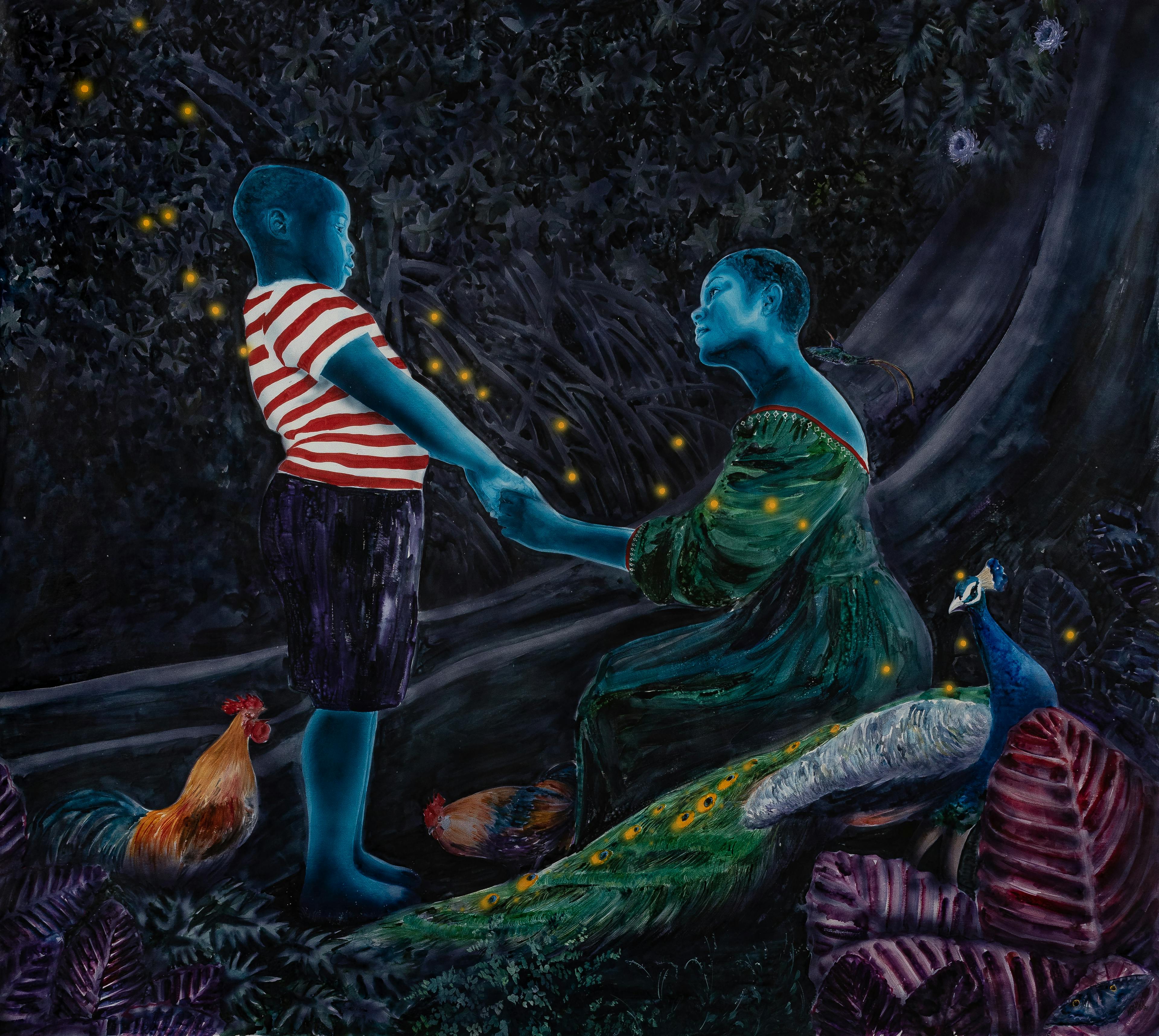Alternatives and Possibilities
To close out the second volume of Moya, we sought to present fresh perspectives on familiar, seemingly settled topics. In our lead feature, award-winning Kenyan author Yvonne Adhiambo Owuor contends that the multicultural and multilinguistic settings in which many African languages exist call for different ways of seeing the literary landscape and an embrace of translation to carry not just words but worlds between contexts. Owuor argues that the default assumption that one or two languages must prevail over the others is perhaps limiting players in the continent’s literary landscape from reaping the benefits of the rich linguistic culture present in the everyday. In the second feature, the island nation of Haiti, billed as the first free Black republic of the post-Columbian era, serves as an aperture as T. O. Molefe outlines the enduring appeal, limitations and alternatives to statehood as a means to self-determination for Black and fellow racialised people. The issue also presents art, podcast episodes and reviews that similarly contemplate what lies beyond.
Feature
The default assumption that one or two languages must prevail over the others keeps Africa’s literary landscape from harnessing the benefits of the rich linguistic culture present in the everyday, writes award-winning Kenyan author Yvonne Adhiambo Owuor.
Reviews
Quito Swan’s Pasifika Black has already established itself as a critical text that asserts Melanesia’s place in Planetary Blackness and raises critical questions on Black internationalism and solidarity.
Reviews
Swiss-Cameroonian curator and cultural scholar Bansoa Sigam visits the Kuntsmuseum in Basel to see When We See Us, a massive travelling exhibition showcasing a century of how Black people have imagined themselves in figurative art.
Volume 2
By Janine Gaëlle Dieudji, (T)Sedey Gebreyes, and Liz Ikiriko
Eight artists from Argentina, Canada, Kenya, Jamaica, South African and the United States complete our series of works that depict Black life in its varied dimensions. Using mediums such as painting, collage, textiles, and even hair, they explore the role of spirituality, ancestral practice, healing, dreams, and symbolic representation as means to and modes of being. Like with the first installation, these artists' works are rooted in their specific contexts yet familiar, recognisable and mutually intelligible.
Race Beyond Borders
Remi Adekoya, author of Biracial Britain, breaks down demographic trends, and corresponding shifts in the way Blackness is lived and expressed in the United Kingdom.
Reviews
James, Percival Everett’s 2024 Booker Prize-nominated reimagining of Mark Twain’s Huckleberry Finn, satirises the changing sameness of American racism, writes Danielle Fuentes Morgan.
By
Danielle Fuentes MorganRace Beyond Borders
Post-humanist thinker, philosopher and poet Bayo Akomolafe, reflects on the ways in which Blackness can be trapped in the rhythmic call and response with whiteness, and explores ways of reimagining Black experiences.
Feature
Nation-states of the world beyond the West, in theory, are part of the international order, yet this inclusion has been and remains on an unequal basis, thwarting possibilities for statehood to serve as a means to self-determination for Black and similarly racialised people. In this article, T. O. Molefe provides an overview of the issues and what is at stake.

































